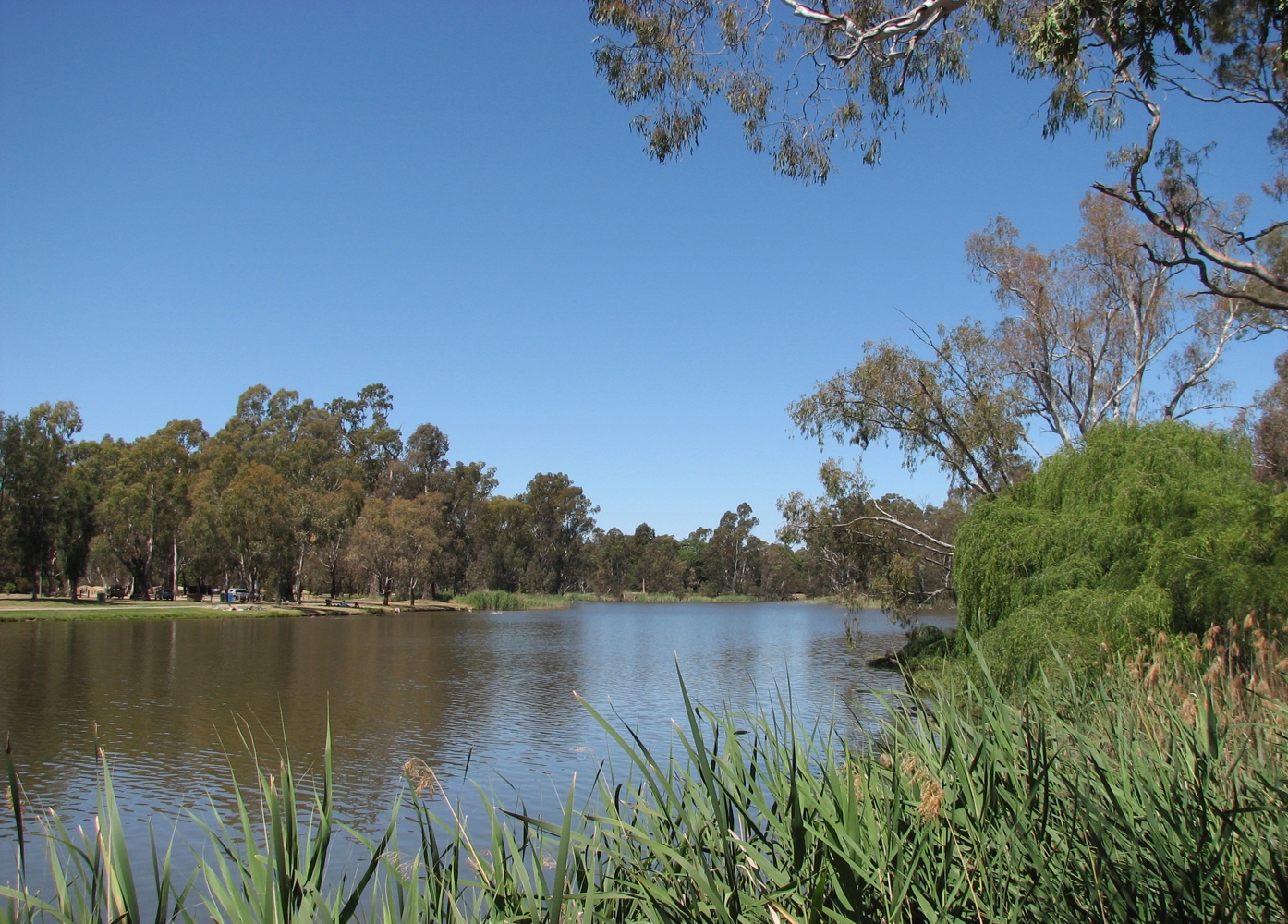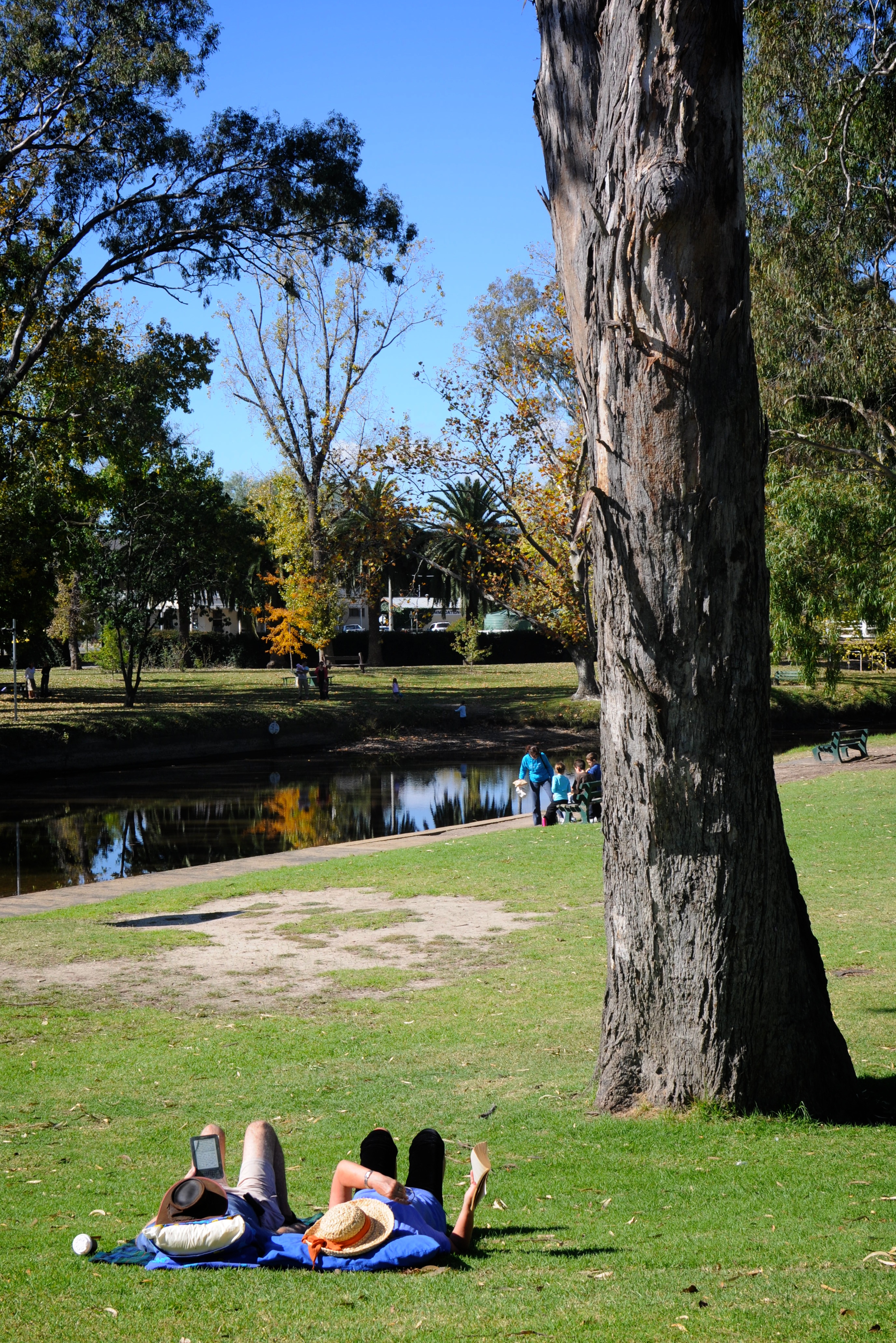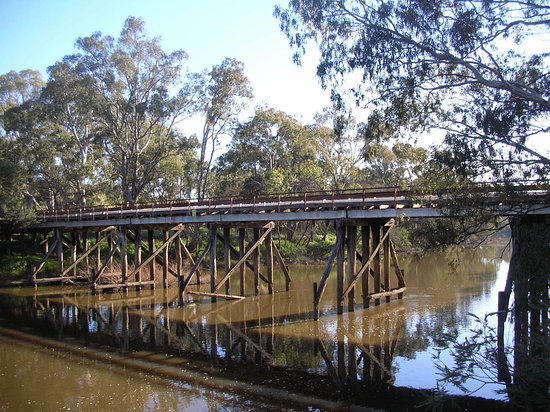|
Electoral District Of Murray Boroughs
Murray Boroughs was an electoral district of the Legislative Assembly in the Australian state of Victoria from 1856 to 1877. It was based in northern Victoria, and included the towns of Benalla Avenel Euroa Euroa is a town in the Shire of Strathbogie in the north-east of Victoria, Australia. At the 2016 census, Euroa's population was 3,275. The name Euroa comes from an Aboriginal word in the old local dialect meaning 'joyful'. History Major T ... Seymour, Wodonga and Wangaratta. The district of Murray Boroughs was one of the initial districts of the first Victorian Legislative Assembly, 1856. Members One member was elected to the electorate. # = by-election References {{DEFAULTSORT:Murray Boroughs Former electoral districts of Victoria (state) 1856 establishments in Australia 1877 disestablishments in Australia ... [...More Info...] [...Related Items...] OR: [Wikipedia] [Google] [Baidu] |
Murray River
The Murray River (in South Australia: River Murray) (Ngarrindjeri: ''Millewa'', Yorta Yorta: ''Tongala'') is a river in Southeastern Australia. It is Australia's longest river at extent. Its tributaries include five of the next six longest rivers of Australia (the Murrumbidgee, Darling, Lachlan, Warrego and Paroo Rivers). Together with that of the Murray, the catchments of these rivers form the Murray–Darling basin, which covers about one-seventh the area of Australia. It is widely considered Australia's most important irrigated region. The Murray rises in the Australian Alps, draining the western side of Australia's highest mountains, then meanders northwest across Australia's inland plains, forming the border between the states of New South Wales and Victoria as it flows into South Australia. From an east–west direction it turns south at Morgan for its final , reaching the eastern edge of Lake Alexandrina, which fluctuates in salinity. The water then flows throu ... [...More Info...] [...Related Items...] OR: [Wikipedia] [Google] [Baidu] |
Electoral Districts Of Victoria
Electoral districts of Victoria are the electoral districts, commonly referred to as "seats" or "electorates", into which the Australian State of Victoria is divided for the purpose of electing members of the Victorian Legislative Assembly, one of the two houses of the Parliament of the State. The State is divided into 88 single-member districts. The Legislative Assembly has had 88 electorates since the 1985 election, increased from 81 previously. Electoral boundaries are redrawn from time to time, in a process called ''redivision''. The last redivision took place in 2021, when the Victorian Electoral Boundaries Commission reviewed Victoria's district boundaries. The boundaries arising from the 2013 redivision applied at the 2014 and the 2018 state elections.Report on the 2012-13 redivision of e ... [...More Info...] [...Related Items...] OR: [Wikipedia] [Google] [Baidu] |
Victorian Legislative Assembly
The Victorian Legislative Assembly is the lower house of the bicameral Parliament of Victoria in Australia; the upper house being the Victorian Legislative Council. Both houses sit at Parliament House in Spring Street, Melbourne. The presiding officer of the Legislative Assembly is the Speaker. There are presently 88 members of the Legislative Assembly elected from single-member divisions. History Victoria was proclaimed a Colony on 1 July 1851 separating from the Colony of New South Wales by an act of the British Parliament. The Legislative Assembly was created on 13 March 1856 with the passing of the ''Victorian Electoral Bill'', five years after the creation of the original unicameral Legislative Council. The Assembly first met on 21 November 1856, and consisted of sixty members representing thirty-seven multi and single-member electorates. On the Federation of Australia on 1 January 1901, the Parliament of Victoria continued except that the colony was now called a state. I ... [...More Info...] [...Related Items...] OR: [Wikipedia] [Google] [Baidu] |
Victoria (Australia)
Victoria is a state in southeastern Australia. It is the second-smallest state with a land area of , the second most populated state (after New South Wales) with a population of over 6.5 million, and the most densely populated state in Australia (28 per km2). Victoria is bordered by New South Wales to the north and South Australia to the west, and is bounded by the Bass Strait to the south (with the exception of a small land border with Tasmania located along Boundary Islet), the Great Australian Bight portion of the Southern Ocean to the southwest, and the Tasman Sea (a marginal sea of the South Pacific Ocean) to the southeast. The state encompasses a range of climates and geographical features from its temperate coastal and central regions to the Victorian Alps in the northeast and the semi-arid north-west. The majority of the Victorian population is concentrated in the central-south area surrounding Port Phillip Bay, and in particular within the metropolit ... [...More Info...] [...Related Items...] OR: [Wikipedia] [Google] [Baidu] |
Benalla, Victoria
Benalla is a small city located on the Broken River gateway to the High Country north-eastern region of Victoria, Australia, about north east of the state capital Melbourne. At the the population was 10,822. It is the administrative centre for the Rural City of Benalla local government area. History Prior to the European settlement of Australia, the Benalla region was populated by the Taungurung people, an Indigenous Australian people. A 1906 history recounts that prior to white settlement "as many as 400 blacks would meet together in the vicinity of Benalla to hold a corrobboree". The area was first sighted by Europeans during an expedition of Hamilton Hume and William Hovell in 1824 and was noted as an agricultural settlement called "Swampy". The expedition was followed by that of Major Thomas Mitchell in 1834. Rev. Joseph Docker settled in 1838 creating a pastoral run called ''Benalta Run'', said to be from an Aboriginal word for musk duck. Docker's property was inte ... [...More Info...] [...Related Items...] OR: [Wikipedia] [Google] [Baidu] |
Avenel, Victoria
Avenel is a small town in Victoria, Australia. It is in the Shire of Strathbogie local government area. At the , Avenel had a population of 1,048, up from 728 at the and 552 at the . History The Post Office opened on 2 June 1858. It is frequently stated as having been named for a village in Gloucestershire by Henry Kent Hughes. The name "Avenel" also appears in Sir Walter Scott's '' Tales from Benedictine Sources'': ''The Monastery'' (1820) and ''The Abbot'' (1820) as the name of a castle and family, that own it. Hughes settled there in 1838, laid out the future town, and named the Hughes Creek, which flows through it. The Avenel Court of Petty Sessions closed on 25 March 1969, with the former courthouse subsequently being used by local community groups. Avenel was the hometown of Ned Kelly in his younger years, where he saved a boy from drowning in the local Hughes Creek. His brother and father are buried in the Avenel cemetery. Kelly and his family went to school in Ave ... [...More Info...] [...Related Items...] OR: [Wikipedia] [Google] [Baidu] |
Euroa, Victoria
Euroa is a town in the Shire of Strathbogie in the north-east of Victoria, Australia. At the 2016 census, Euroa's population was 3,275. The name Euroa comes from an Aboriginal word in the old local dialect meaning 'joyful'. History Major T.L. Mitchell camped on the banks of the Seven Creeks at Euroa during his 1836 "Australia Felix" expedition. The Post Office opened on 1 January 1854 in the old town, as the township was settled. Euroa's claim to fame is that the National Bank was robbed by Ned Kelly in 1878. Much of the region's wealth once came from sheep but now it comes from horse studs. The Euroa Magistrates' Court closed on 1 January 1990. Heritage sites Euroa contains a number of heritage-listed sites, including: * 1 Binney Street: National Bank of Australasia Building * 90 Binney Street: Euroa Post Office * 99 Binney Street: Euroa Court House Facilities Euroa is roughly midway between Melbourne and Albury. The area is geographically very flat, as the town is ... [...More Info...] [...Related Items...] OR: [Wikipedia] [Google] [Baidu] |
Seymour, Victoria
Seymour () is a historic railway township located in the Southern end of the Goulburn Valley in the Shire of Mitchell, Victoria, Australia and is located north of Melbourne. At the , Seymour had a population of 6,569. The township services the surrounding agricultural industries (primarily equine, cattle, sheep and wine) as well as the nearby military base of Puckapunyal (population 1,176), which is an important training centre for the Australian Army. Other important sectors of employment in Seymour include retail, light engineering, agricultural services support, medical services, and education. History The Taungurung people are the traditional owners and inhabitants of the area Seymour now occupies. Specifically, it is the land of the Buthera Balug clan who occupied the area when Europeans first settled the region in the early 1800s. In 1824, Hume and Hovell on their return from Port Phillip, camped by the Goulburn River not far upstream of Seymour. In 1836 Major Thomas Mi ... [...More Info...] [...Related Items...] OR: [Wikipedia] [Google] [Baidu] |
Francis Murphy (Australian Politician)
Sir Francis Murphy (1809 – 30 March 1891) was an Australian politician, first Speaker of the Victorian Legislative Assembly. Life Murphy was the son of Francis D. Murphy, who was for upwards of thirty years head of the South of Ireland Transport of Convicts Department. Francis was born in Cork, Ireland, in 1809, and after being educated in his native city, entered at Trinity College, Dublin, as a medical student, ultimately being admitted M.R.C.S. of London. In June 1836 Dr. Murphy emigrated to Sydney, New South Wales, and was immediately nominated by the Governor Sir Richard Bourke to a position on the staff of colonial surgeons. On appointment he proceeded to take charge of a portion of the southern district in the county of Argyle, but soon afterwards being led into agricultural pursuits, he resigned his official position, and finally discontinued practice as a medical man. After leaving the Government service, Dr. Murphy purchased a considerable quantity of land at Argy ... [...More Info...] [...Related Items...] OR: [Wikipedia] [Google] [Baidu] |
Former Electoral Districts Of Victoria (state)
A former is an object, such as a template, gauge or cutting die, which is used to form something such as a boat's hull. Typically, a former gives shape to a structure that may have complex curvature. A former may become an integral part of the finished structure, as in an aircraft fuselage, or it may be removable, being using in the construction process and then discarded or re-used. Aircraft formers Formers are used in the construction of aircraft fuselage, of which a typical fuselage has a series from the nose to the empennage, typically perpendicular to the longitudinal axis of the aircraft. The primary purpose of formers is to establish the shape of the fuselage and reduce the column length of stringers to prevent instability. Formers are typically attached to longerons, which support the skin of the aircraft. The "former-and-longeron" technique (also called stations and stringers) was adopted from boat construction, and was typical of light aircraft built until the ad ... [...More Info...] [...Related Items...] OR: [Wikipedia] [Google] [Baidu] |
1856 Establishments In Australia
Events January–March * January 8 – Borax deposits are discovered in large quantities by John Veatch in California. * January 23 – American paddle steamer SS ''Pacific'' leaves Liverpool (England) for a transatlantic voyage on which she will be lost with all 186 on board. * January 24 – U.S. President Franklin Pierce declares the new Free-State Topeka government in "Bleeding Kansas" to be in rebellion. * January 26 – First Battle of Seattle: Marines from the suppress an indigenous uprising, in response to Governor Stevens' declaration of a "war of extermination" on Native communities. * January 29 ** The 223-mile North Carolina Railroad is completed from Goldsboro through Raleigh and Salisbury to Charlotte. ** Queen Victoria institutes the Victoria Cross as a British military decoration. * February ** The Tintic War breaks out in Utah. ** The National Dress Reform Association is founded in the United States to promote "rational" dress for w ... [...More Info...] [...Related Items...] OR: [Wikipedia] [Google] [Baidu] |






